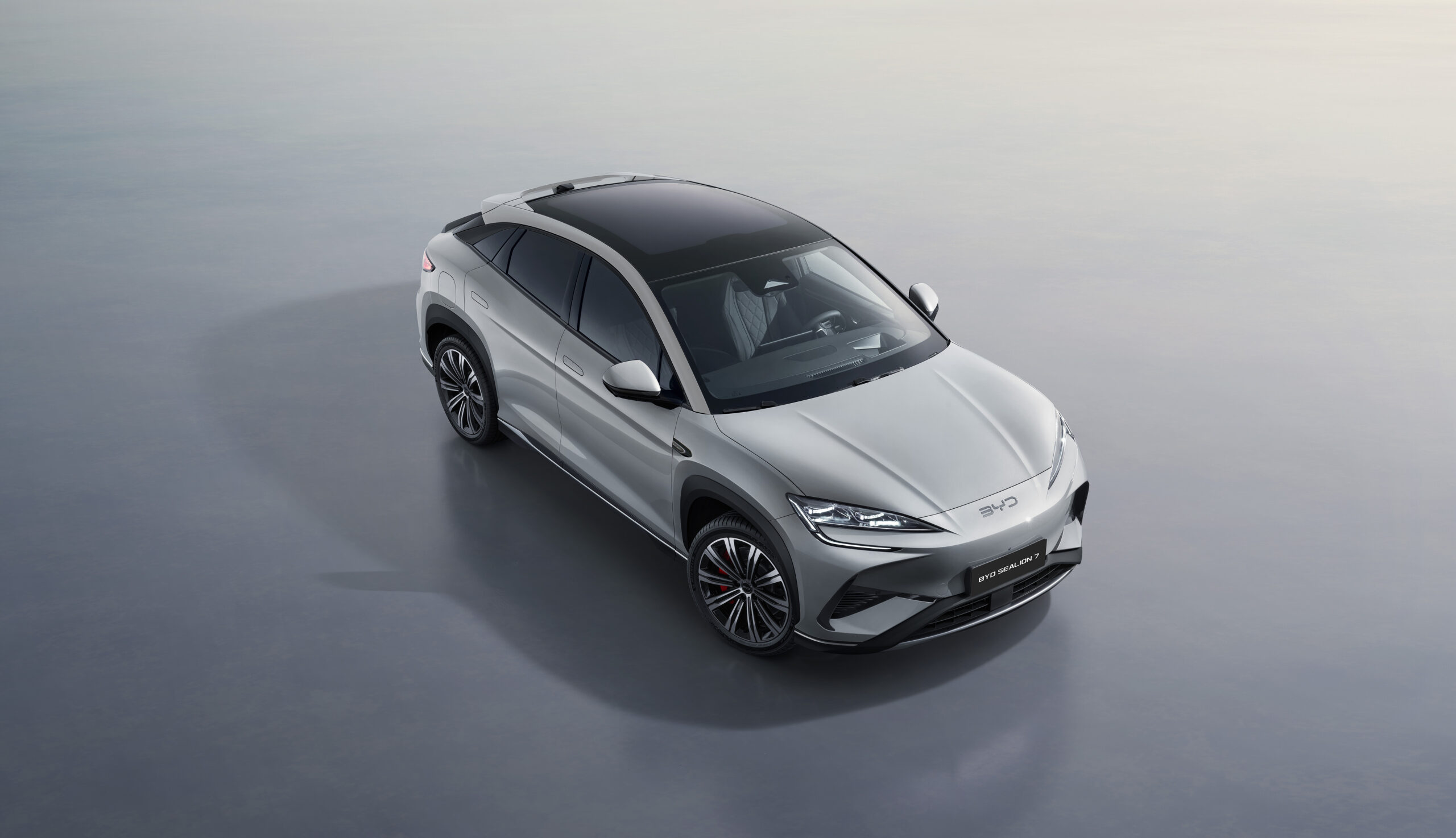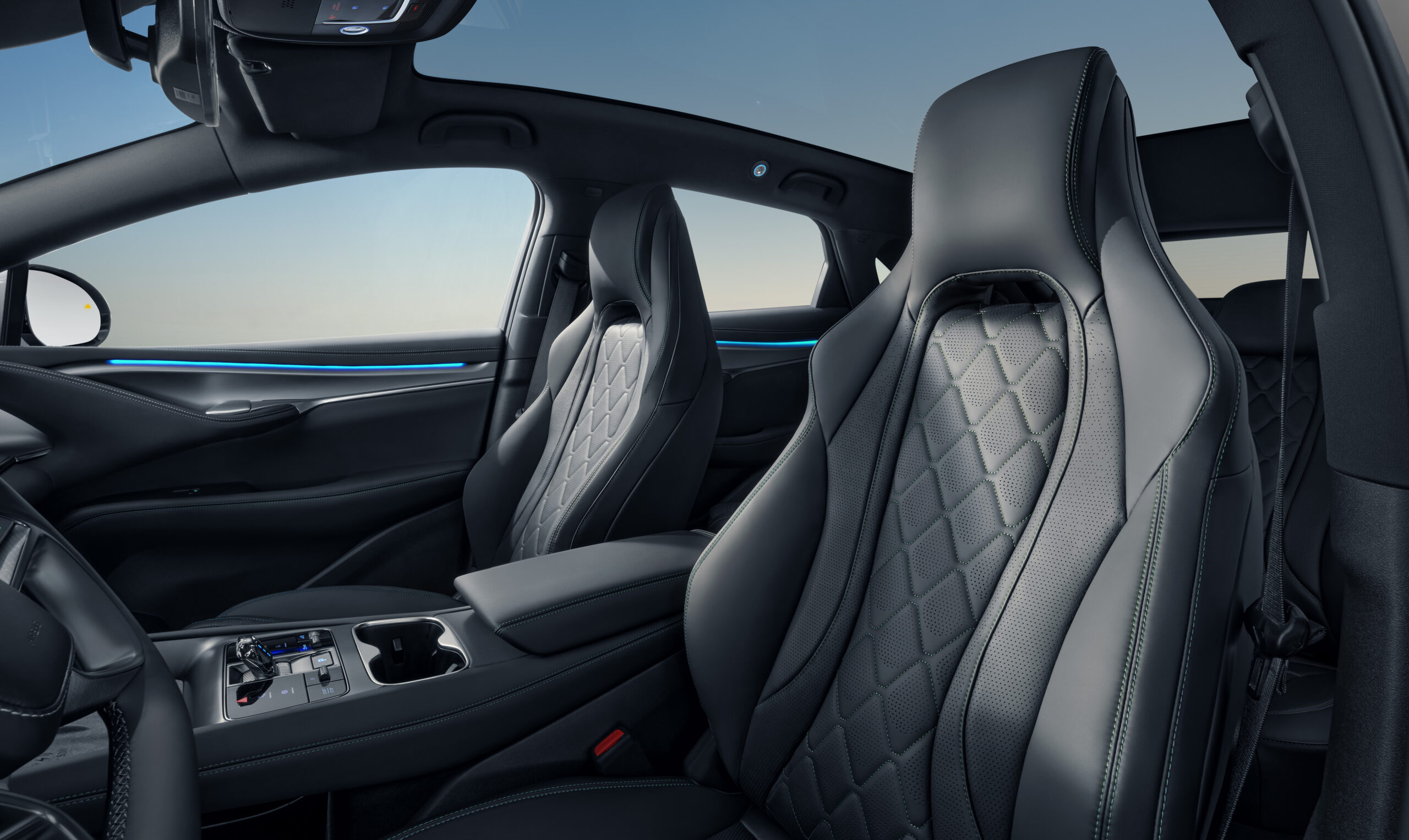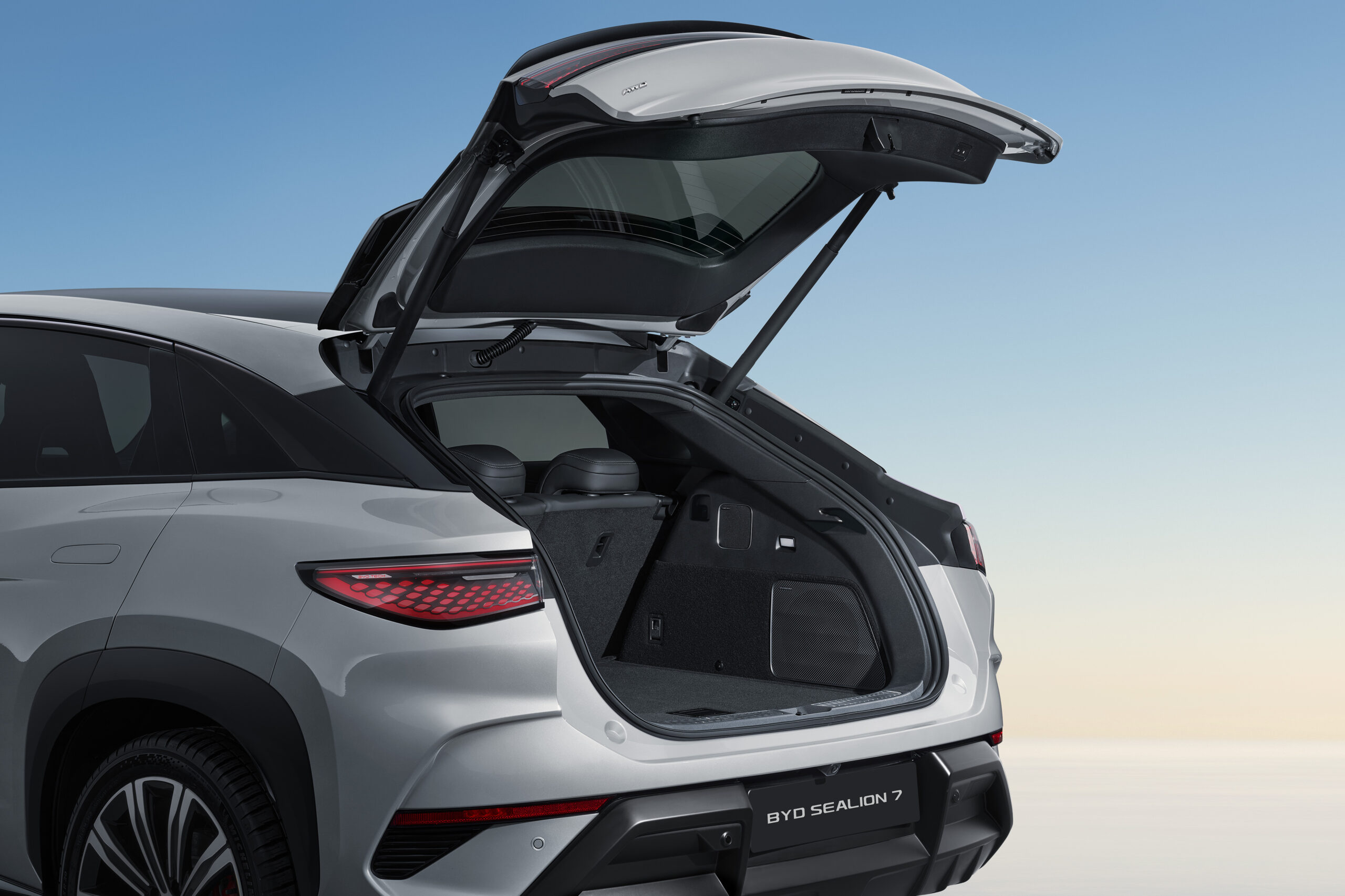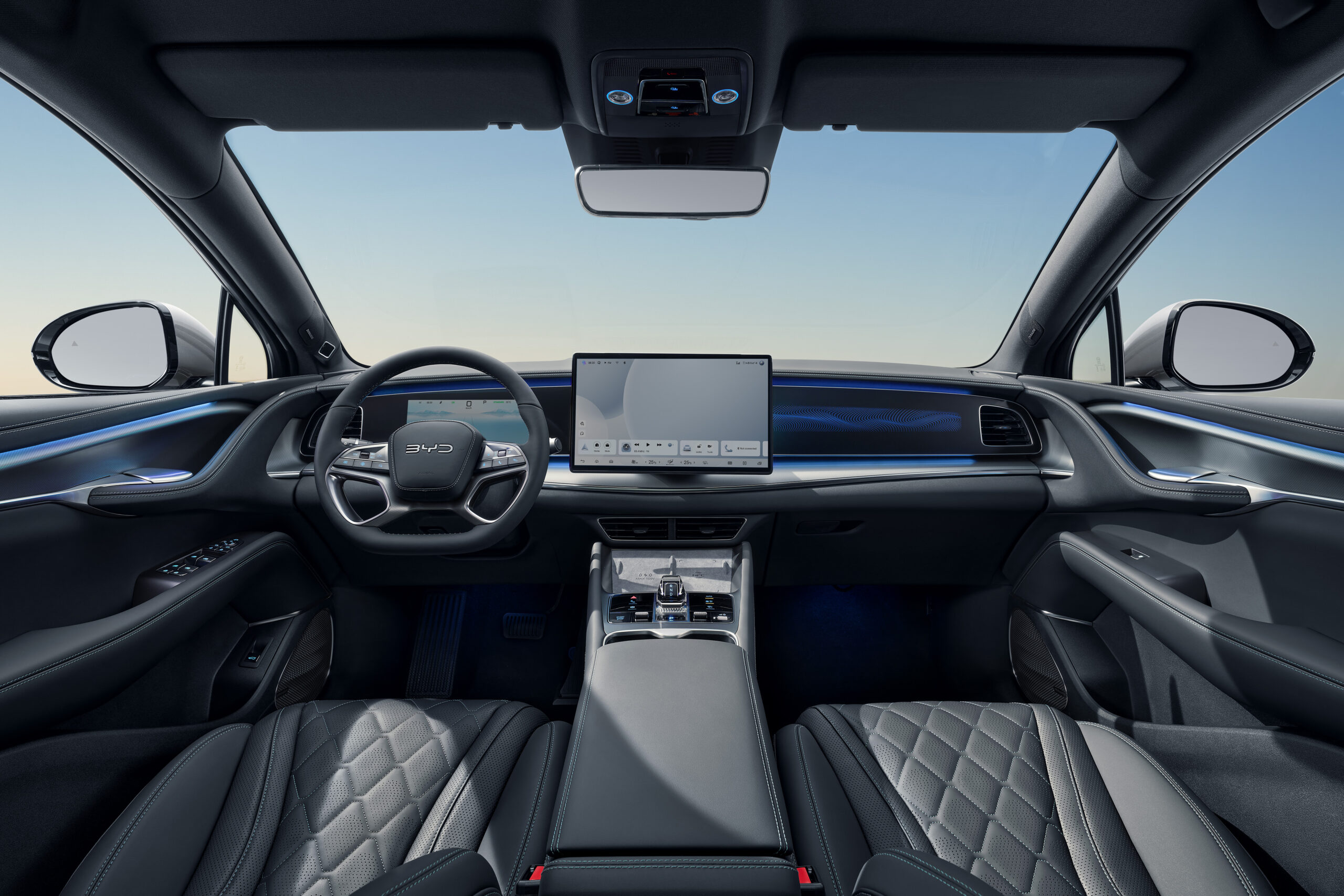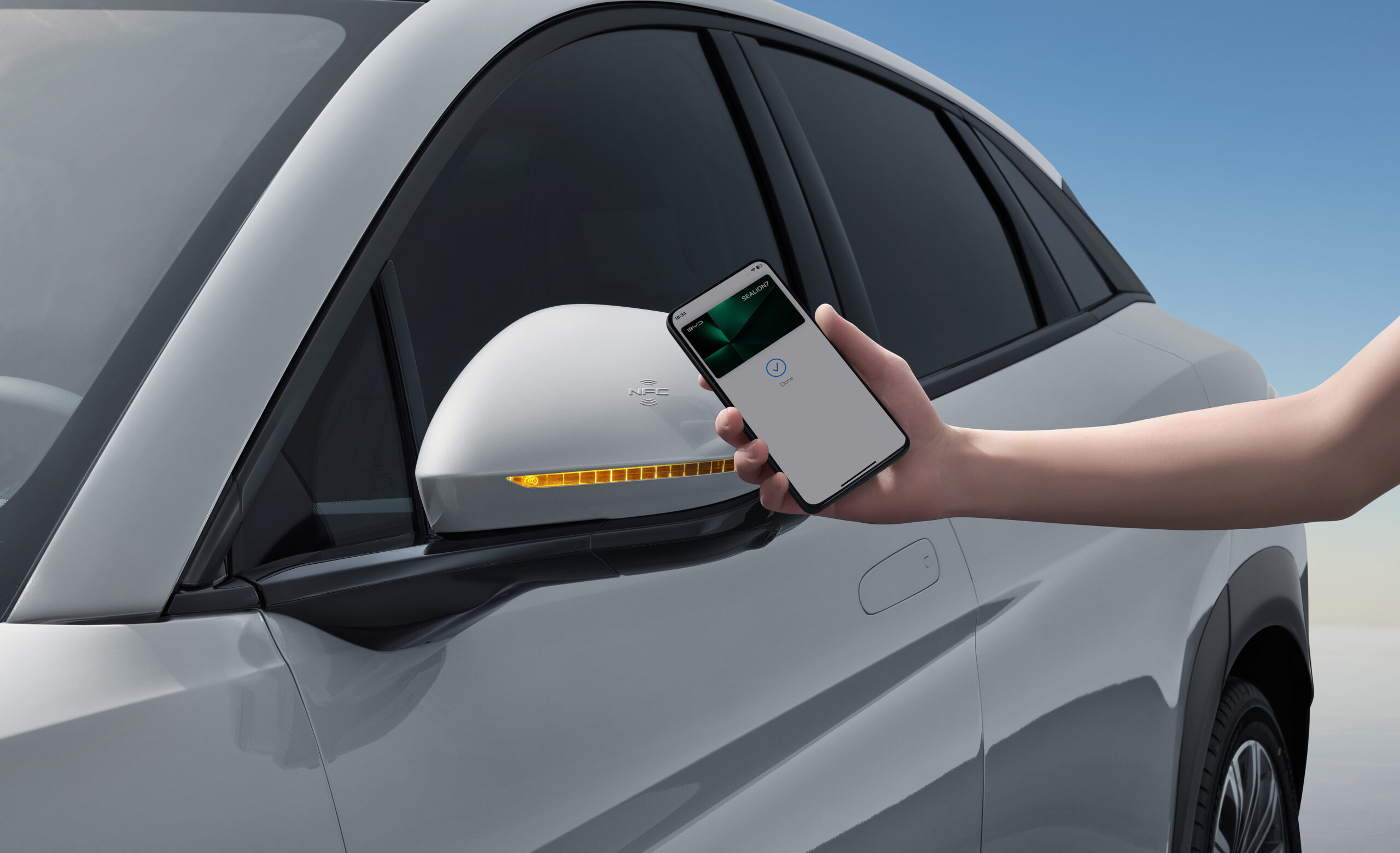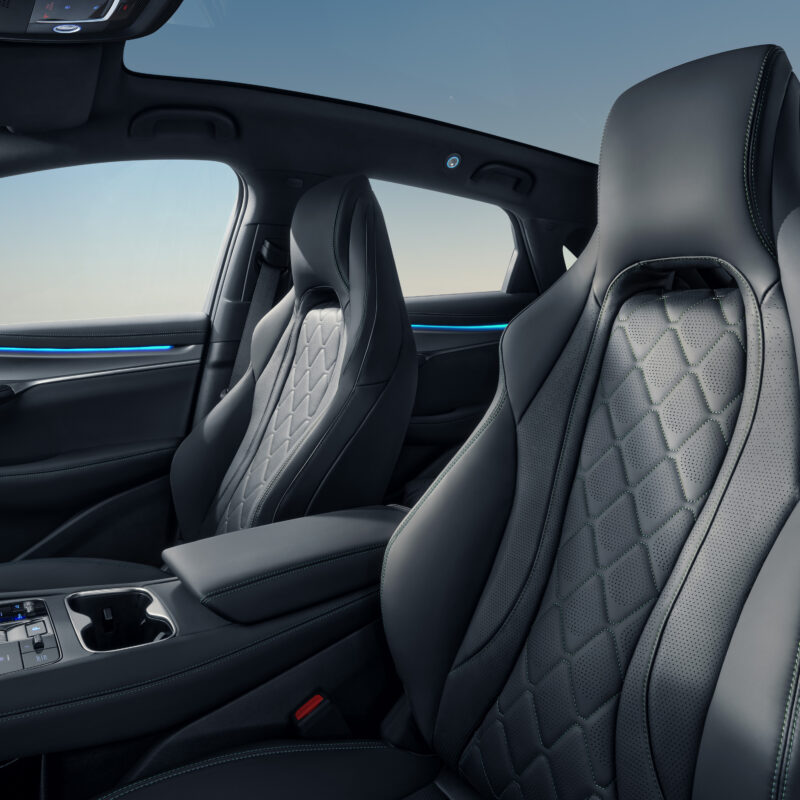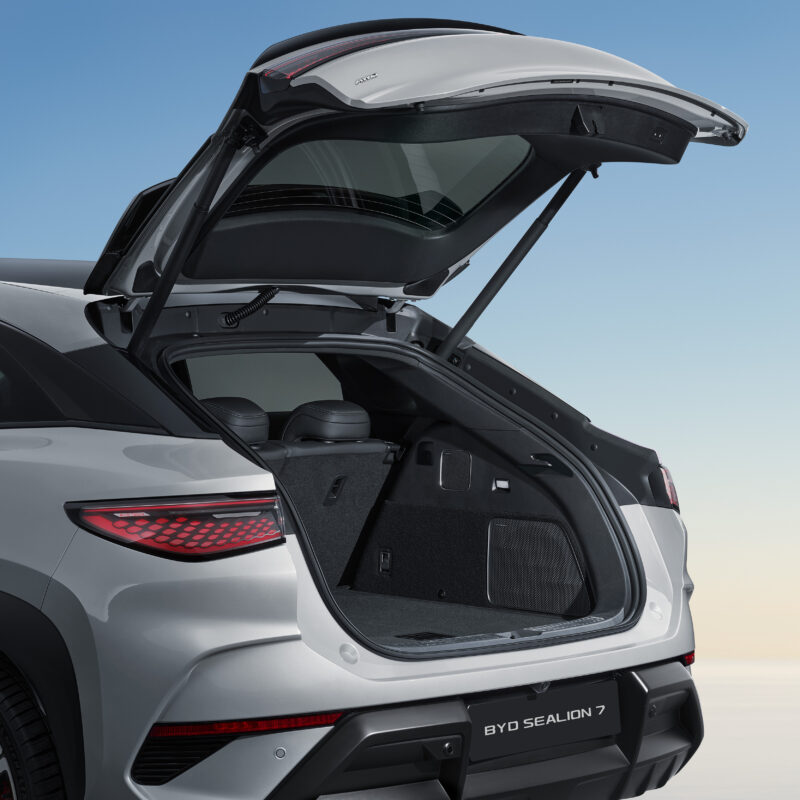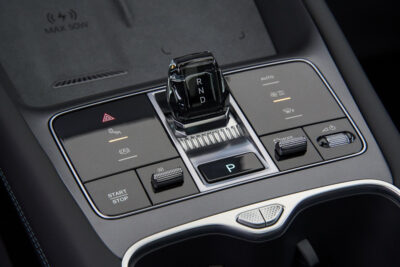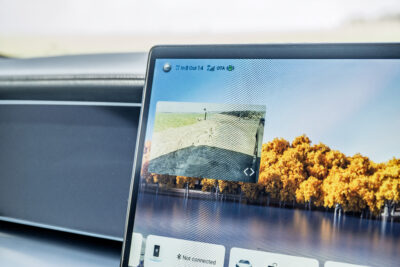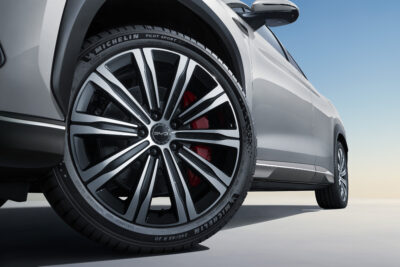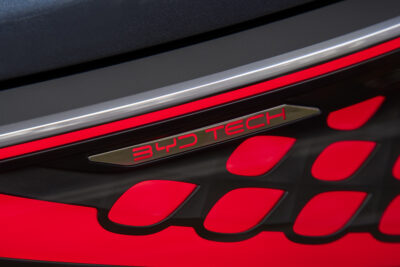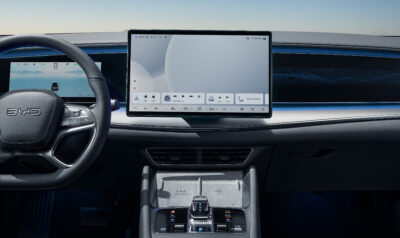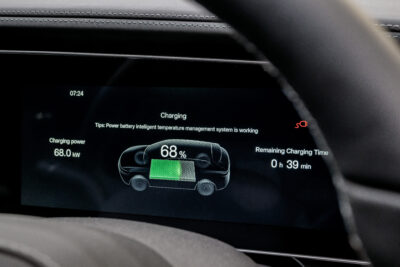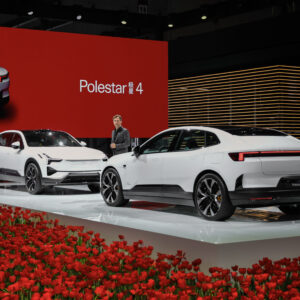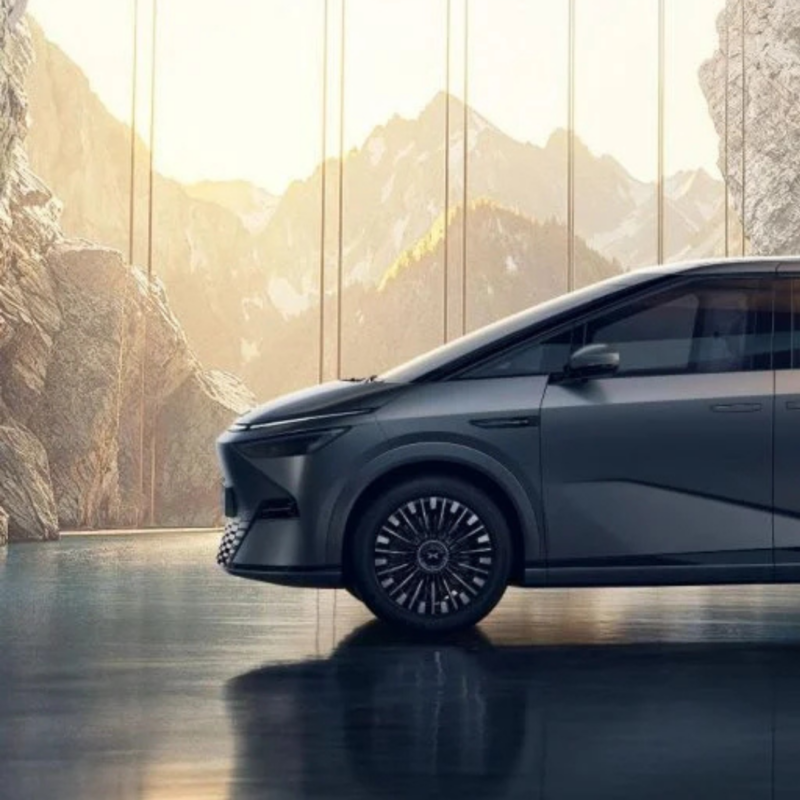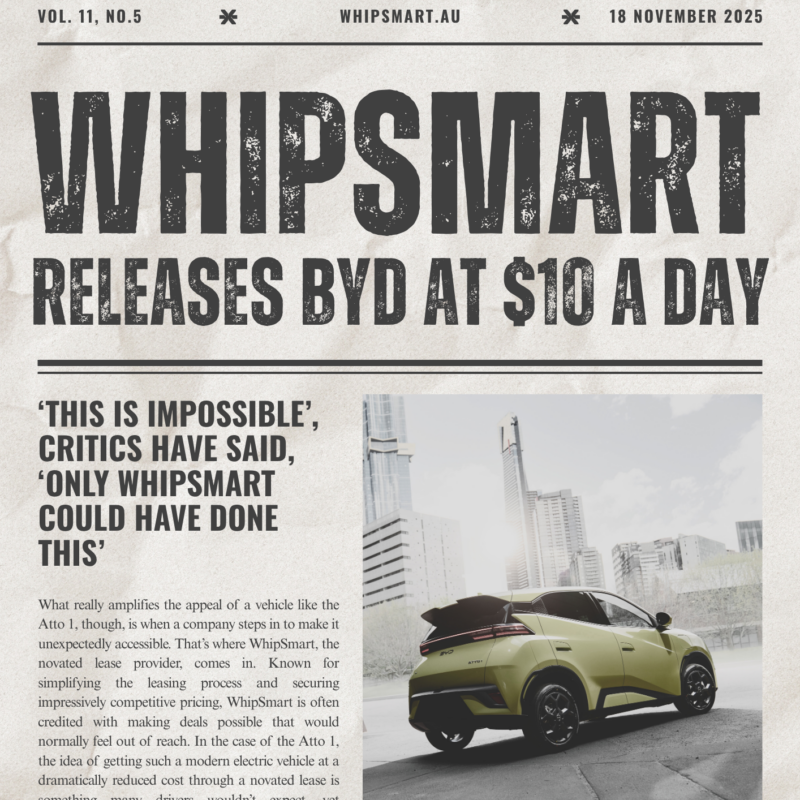As the electric vehicle space matures in Australia, more brands are making thoughtful attempts to stand out, not with flashy gimmicks or brute performance, but with cars that make sense. The 2025 BYD Sealion 7 is exactly that kind of entrant: a mid-size electric SUV that feels confident and considered rather than loud and disruptive. From its practical design to its refined ride and high-tech interior, the Sealion 7 makes a strong argument as a daily EV that doesn’t require compromise.
Available in two variants – Premium and Performance – the Sealion 7 aims to balance accessible EV motoring with luxury leanings. It doesn’t try to be a sports car in disguise or a spaceship on wheels. Instead, it feels like a natural evolution of what a family-friendly electric SUV should be. After spending time behind the wheel, the car leaves an impression not because it shouts, but because it listens.
- Pricing
- Aesthetic & Tech
- Driving & Safety
Pricing
It’s fair to say that the Sealion 7 enters the Australian EV market with an appealing sense of value. It undercuts many of its contemporaries in the same segment while still offering a robust feature set and generous equipment list. Rather than relying on brand cachet or performance bragging rights, it leans into usable features and intuitive technology to win over the pragmatic buyer.
Crucially, the two variants cater to different needs. The Premium model offers a single-motor setup focused on efficiency and everyday drivability. Meanwhile, the Performance variant introduces dual motors and significantly more output for drivers who want a more engaging experience without stepping outside the bounds of comfort and practicality.
Aesthetic & Tech
From the outside, the BYD Sealion 7 feels modern but not experimental. It doesn’t try to polarise with ultra-futuristic styling. Instead, it opts for clean lines, functional proportions, and a confident road presence. Measuring over 4.8 metres long and riding on a nearly three-metre wheelbase, it occupies the mid-size SUV segment with purpose. Despite its size, the design avoids looking bulky or over-styled. There’s a refinement in how it presents itself.
The interior is where the Sealion 7 makes an even stronger case. The cabin layout is symmetrical, spacious, and immediately calming. Soft-touch materials, minimalistic lines, and smart design cues create an upmarket feel. The panoramic glass roof floods the interior with light, and the flat floor makes the space feel open and accommodating, especially in the rear where legroom is generous.
Technology is a standout here. A large 15.6-inch rotating touchscreen anchors the dashboard, delivering crisp visuals and intuitive responsiveness. Voice controls are snappy and functional, while the wireless smartphone integration makes hopping in and out with your phone seamless. The Premium model includes a 12-speaker Dynaudio system, which brings an extra layer of immersion, especially during highway drives.
Over-the-air software updates ensure the tech package stays relevant, and the navigation system performs well in both city environments and longer country drives. Add to that a digital instrument cluster and head-up display, and it’s clear the Sealion 7 is not short on thoughtful digital additions. Every button and screen feels like it serves a purpose rather than being there for the sake of novelty.
Driving & Safety
Driving the Sealion 7 immediately showcases its dual nature. It’s a large SUV that doesn’t feel unwieldy, and it’s a powerful EV that doesn’t feel overzealous. In the Premium variant, the 230kW motor offers smooth, consistent acceleration with enough push to make merging and overtaking a breeze. The 0-100 time of around 6.7 seconds feels adequate and measured.
Step into the Performance model, and the dual-motor layout changes the experience. With a total of 390kW on tap, the car delivers serious pace. The 0-100 sprint drops to 4.5 seconds, but the power never arrives abruptly. Instead, it rolls on in a controlled and progressive manner. While there is no dramatic kick, there is an undeniable forcefulness that builds with intention.
The throttle does have a slight delay on lift-off, a sensation best described as a ‘sticky throttle.’ It’s subtle but noticeable, and although it’s not a deal-breaker, it takes a moment to adapt to.
The ride quality feels composed across both variants, though it leans slightly firm in the Performance model with its 20-inch wheels. The Premium variant rides on smaller 19-inch wheels and may be the comfort pick for daily driving. Frequency-selective dampers provide enough compliance over rough surfaces while maintaining control over smoother stretches.
Cornering is managed well, particularly given the car’s 2.2 to 2.3-tonne mass. It never feels floaty or disconnected. Steering is light at low speeds and firm enough at highway pace, though feedback is somewhat muted. It’s not a car that communicates every detail of the road, but it does stay predictable and trustworthy through bends. Regenerative braking comes in two levels – Standard and Larger – but neither offers true one-pedal driving. Most drivers will find themselves using the brake pedal often, which is soft to the touch and designed more for ease of use than aggressive stops. While it may lack urgency in emergency braking, it’s in line with the vehicle’s relaxed personality.
Off the tarmac, the Sealion 7 holds its own. A short gravel section showed the car’s traction control and torque-vectoring systems working quietly in the background to maintain grip and composure. These systems can feel a bit heavy-handed when exiting tight corners on pavement, but for most users, they add confidence rather than annoyance. On the safety front, the Sealion 7 brings nine airbags and a full suite of advanced driver aids. These include adaptive cruise control, lane keep assist, forward and reverse autonomous emergency braking, and blind-spot monitoring. The systems operate with subtlety and rarely feel intrusive, adding to the car’s overall sense of composure.
Verdict
The 2025 BYD Sealion 7 is not trying to be everything to everyone. It focuses on delivering a well-rounded, confident EV experience that blends functionality with moments of sophistication. Its strongest trait is how balanced it feels—never trying too hard, never falling short. The performance on offer in the dual-motor variant is impressive, but more importantly, it’s usable. It doesn’t transform the Sealion 7 into something it’s not; rather, it adds a layer of capability to what is already a competent and comfortable drive.
For those stepping into the EV world or moving up from a smaller electric car, the Sealion 7 offers a clear pathway forward. It’s modern, intuitive, and quietly refined. Yes, it has quirks—like the throttle calibration and the lack of a strong regenerative braking mode—but these are far outweighed by the car’s spacious cabin, engaging tech, and serene ride.
In a market that often asks consumers to choose between comfort, capability, and affordability, the Sealion 7 doesn’t demand as many compromises. It simply works. And in the evolving landscape of Australian electric vehicles, that might be exactly what buyers are looking for.


